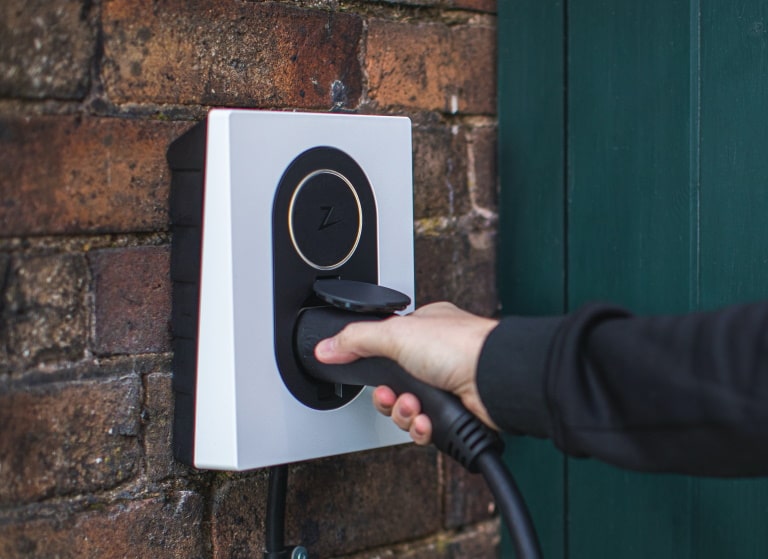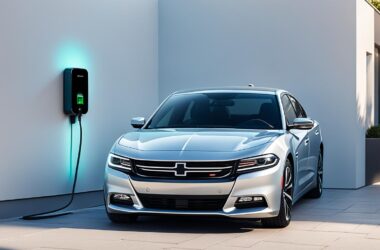In the quest to provide affordable financial advice profitably, a rising number of advisers and wealth managers are turning to the hybrid financial advice model. Ernst & Young’s Global Wealth Research Report highlights that 35% of clients prefer adviser-led advice, 28% opt for digital-led advice, and 37% seek a combination of both.
Understanding the Hybrid Financial Advice Model
The hybrid financial advice model seamlessly combines traditional and digital methods. It incorporates online tools and software alongside face-to-face advice, allowing clients to transition between these options based on their unique needs and preferences.
Bridging the Gap: Where Hybrid Advice Fits In
As illustrated in the accompanying graph, the hybrid advice model strategically positions itself between purely digital and traditional advice. It integrates adviser input and client interaction in an online system, catering to the varying needs of clients throughout the advice journey.
Unlocking Business Success with Hybrid Financial Advice
Implementing a hybrid financial advice model can significantly contribute to achieving your firm’s performance goals. The model capitalizes on the strengths of both human and automated advice, offering a personalized touch and emotional support from human advisers, coupled with the 24/7 availability, scalability, and cost efficiency of automated systems.
1. Expanding Market Share
The hybrid model opens avenues for expansion by providing accessible and cost-effective financial management options. By combining technology with human support, firms attract a wider range of clients, including those deterred by cost barriers. The self-serve element appeals to a younger demographic with simpler needs, fostering market growth.
2. Reducing Client Churn
By addressing clients’ evolving needs throughout their financial journey, the hybrid model enhances client retention. The personalized experience, quick digital access, and human adviser support contribute to reduced turnover. Technology aids adviser efficiency, ensuring a higher service quality and client satisfaction.
3. Enhancing Adviser Efficiency
The hybrid model streamlines the adviser’s journey, freeing up time for more complex tasks. By leveraging technology for initial fact-finding and forecast outcomes, advisers can focus on delivering personalized recommendations and building stronger client relationships. This efficiency leads to cost reduction in service delivery.
EV’s Stochastic Model: Elevating Hybrid Financial Advice
EV employs the realistic stochastic methodology to underpin its hybrid advice model. This approach goes beyond traditional risk projections, providing clients with a nuanced understanding of risk and reward in real-world economic scenarios. By delivering personalized outcomes based on individual objectives, clients can make informed investment decisions, resulting in better returns.
Conclusion: A Future-Oriented Approach
In the dynamic landscape of financial advice, embracing the hybrid model is a strategic move. It not only addresses clients’ diverse preferences but also propels firms toward achieving their performance goals. By combining technology and human expertise, the hybrid financial advice model stands as a beacon for the future of client-centric and efficient financial advisory services.










